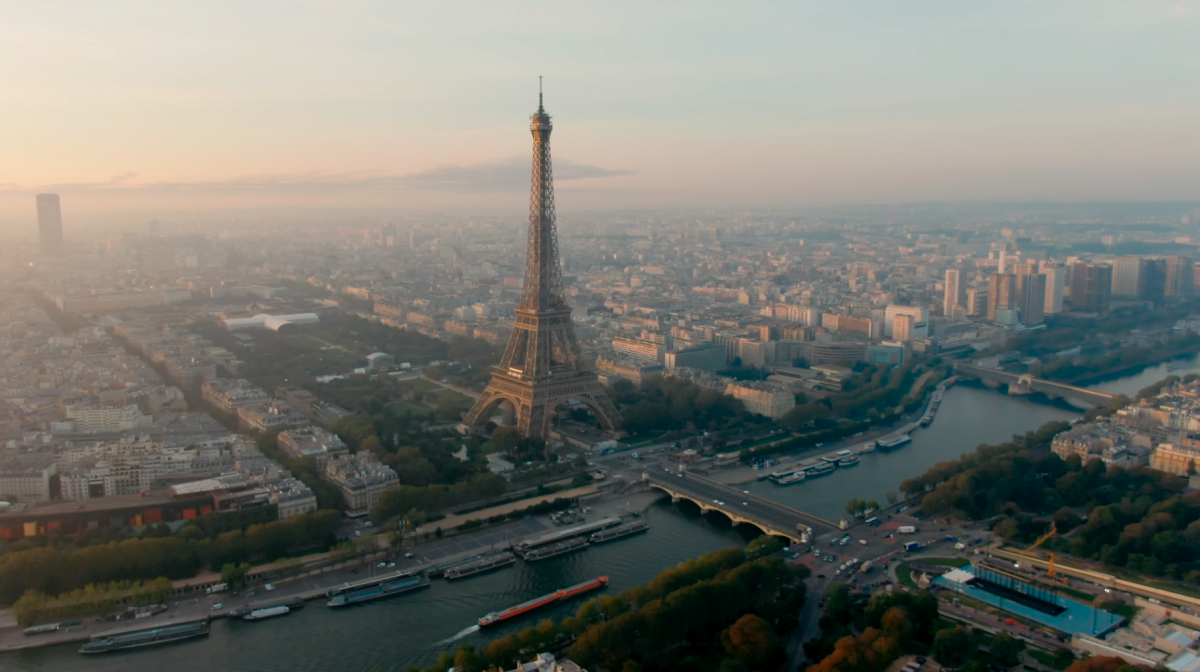China’s once intrepid travellers are cautious about booking holidays to far-flung destinations as the world’s second-largest economy recovers from the pandemic.
Logistics hurdles and red tape are also deterring many from booking long-haul flights, according to Ada Xu, Regional Director for Europe, the Middle East, and Africa at Fliggy. It will also take time to restore planes on runways.
“Aviation infrastructure is one aspect, and the other is tourism visas,” explained Xu.
Chinese authorities have begun to issue travel visas and passports again after suspending these services during the pandemic. They are still working through a backlog of requests.
Domestic travel bookings on Alibaba Group’s travel platform Fliggy surpassed pre-pandemic levels during the Labor Day holiday, the platforms said in a Chinese press release. Overseas bookings saw an uptick but are still lagging behind short-haul trips.
“Chinese love to travel around the world. Millions are looking forward to outbound tourism,” said Xu.
Chinese love to travel around the world. Millions are looking forward to outbound tourism
Prepare Now
Four years ago, international tourists from mainland China made up 17% of global outbound travel spending, according the United Nations World Tourism Organization.
While global tourism hotspots are waiting for Chinese travelers to arrive, Fliggy has been working to keep the link live by bringing China’s new technology to the West.
One of the company’s more eye-catching initiatives across Europe was transporting millions of Chinese consumers through livestreams to famous museums, including the British Museum, Spain’s Prado Museum, and France’s Palace of Versailles and the Louvre.



Fliggy’s Xu urged European tourist destinations, such as museums, famous restaurants and cultural landmarks, to get ready for a coming surge in Chinese tourists once planes are back on runways and the paperwork backlogs clears.
“We need to be ready because Chinese travelers, when they return to Europe, will visit or revisit all these famous points of interest,” she explained in a video interview with Alizila.
Air capacity between Europe and Asia may reach a quarter of pre-pandemic levels by June, according to a recent report by bank Credit Suisse quoting tourism shopping tax refund company Global Blue.
The Credit Suisse report also noted a slight decline in Chinese consumers’ willingness to purchase big-ticket items over the next six months, with sentiment remaining below pre-COVID levels.
From a macroeconomic perspective, research organisations including Credit Suisse predict that China’s year-on-year GDP growth will continue to rise in the second quarter of this year. In the first quarter, the country’s GDP growth exceeded expectations, rebounding to 4.5% year-on-year, beating expectations of 4.0%.
Below is a transcript of this video, edited for clarity and brevity
Alison Tudor-Ackroyd: I had a little stroll around Paris this morning and I didn’t hear as much Mandarin spoken as I did pre-pandemic. When will that change?
Ada Xu: Chinese travellers love to travel around the world. Millions are looking forward to outbound tourism. Fliggy, as the Alibaba online travel platform, is working hard to keep the link alive between Europe and China using technology and innovative solutions.
I can give you some data. Based on travel behavior for the Chinese New Year, there were 308 million travellers within China during the period. For all the businesses out there, when do you think that Chinese travel tourism numbers will climb back up to 2019 levels?
To answer your question, we need to have a look at the aviation infrastructure, when it will be back to normal. And to give you an example, before Covid, there were 33 weekly flights between China and France.
By the end of 2022, we were only at 5% of 2019’s traffic.


Alison Tudor-Ackroyd: Big drop.
Ada Xu: But in March, Air France said that they would increase slightly their flight frequencies. Aviation infrastructure is one part, and the other part is the tourism visas, which we need to be back at 2019 numbers.
We need to be ready because Chinese travellers, when they return to Europe, will visit or revisit all these famous points of interest, museums and institutions.
They will return to their favorite places, favorite restaurants and favorite shops. Some will also experience new trends, new ways to travel around Europe.
So, now is a very good time for European travel institutions and the travel industry to get prepared for the return of Chinese tourists and to prepare promotions for the Chinese market.



Alison Tudor-Ackroyd: How has Fliggy been preparing for this moment?
Ada Xu: Despite the pandemic’s impact on the global travel industry, Fliggy was actively working on the awareness of Europe as a travel destination and keep it top of mind for Chinese travellers.
We used some technology and did some innovative projects. We worked on brand awareness. For example, we created in May 2020 the Virtual Tourism series.
And we kicked off with the Chateau de Versailles. It was two hours of livestreaming with the president of the Palace, having them tell their story about the Palace.
And we collaborated with famous POIs and famous museums like the Louvre, the British Museum, the Victoria and Albert’s Museum, and the Colosseum.
So this was very powerful for us. And now we are keeping the link with these cultural institutions. We are reinforcing our business partnership with strategic partners. We are starting discussions with major European airports to create really added-value experiences.
And also we sped up the discussion with national tourism bureaus to attract people to come to Europe as a destination.
Alison Tudor-Ackroyd: And the innovation doesn’t stop there, right? I heard that you’re also working with a Spanish museum to furnish Chinese tourists with Augmented Reality glasses. Is that right?
Ada Xu: Alison, you are very well-informed. Thanks to Fliggy Virtual Tourism series,
we learn more about museums and cultural institutions.
The idea is to go a step further in collaboration with them and help them to go into the digital era and create a new experience. The idea is to bring AR glasses and AR technology to museums.
This technology exists already in China, so we just want to give the opportunity to European, or worldwide museums, to use the technology and to give to their visitors a new way to visit their museum.
Click here to read more Fliggy stories





